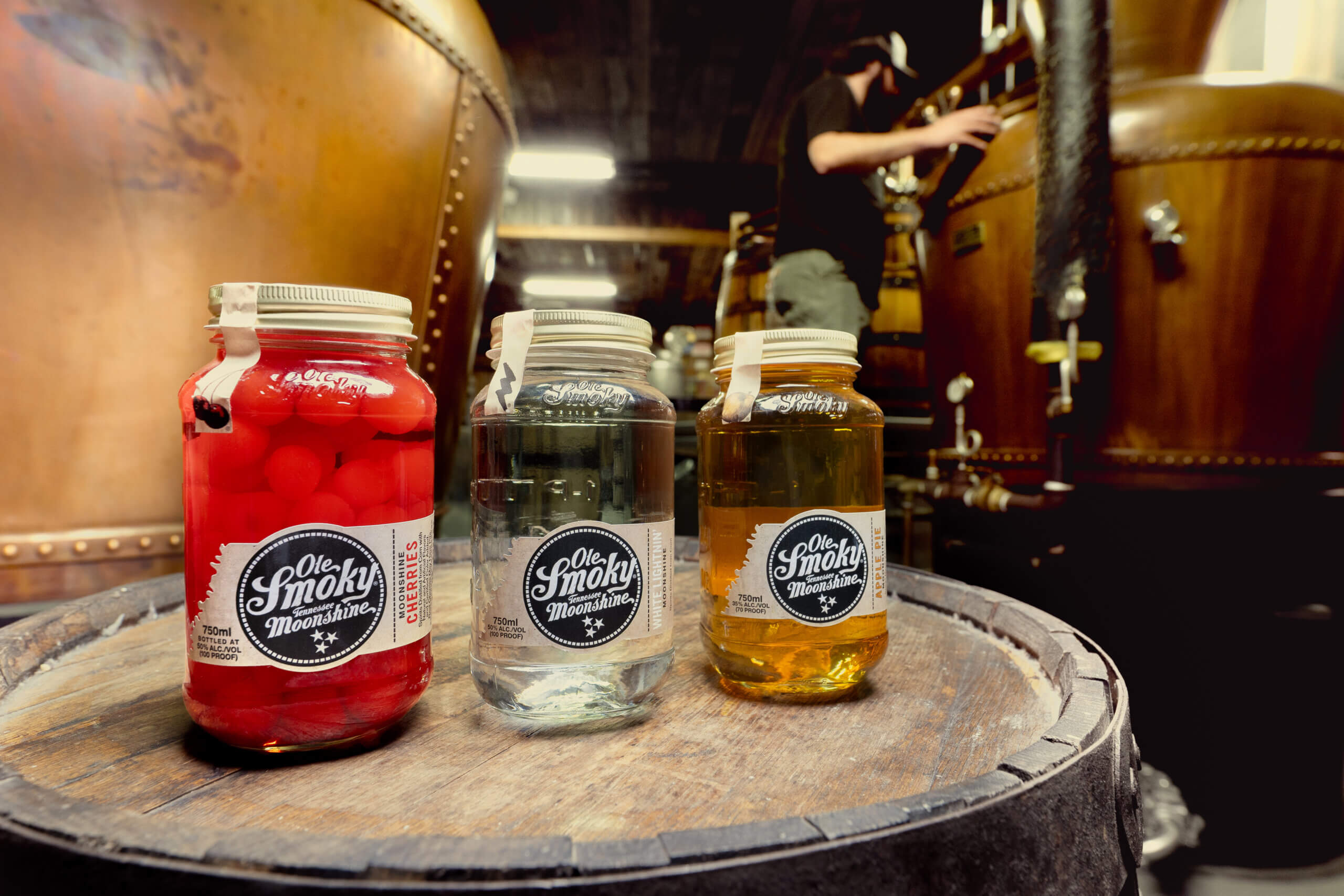How To Navigate the Scottish Gin Trail
By Mike Gerrard
There’s been quite a buzz about Scottish gin in the last few years, but Scotland has always had a fine gin tradition.
Gin might be considered an archetypal English drink, but three of the best-known gin brands in the world—Gordon’s, Hendrick’s and Tanqueray—are all made in Scotland. In fact, 70 percent of the UK’s gin is produced in Scotland. None of those three gin giants offer tours, but many of the new kids on the block, such as Caorunn, Crossbill, Pickering’s and The Botanist, all provide excellent ones, including visitor centers, shops, and even gin schools and courses.

Caorunn Distillery
The Scottish Gin Trail is one of the coolest ways to explore the country. The tourism board, Visit Scotland, provides a Scottish Gin Map, and the first book dedicated to Scottish gin, The Gin Clan by Fiona Laing, hit bookshelves this year. This was quickly followed by another—Sean Murphy’s Gin Galore: A Journey to the Source of Scotland’s Gin—showing that Scottish gin is still on the rise. According to the Scottish Gin Society, there are about 70 Scottish distilleries making gin. In The Gin Clan, Fiona Laing writes that 23 went into production in 2018 with another 12 due by the end of 2019.
If you’d rather plan your own Scottish Gin Trail route, a good place to begin is on the island of Islay, long known as a bastion of Scottish whisky where brands like Ardbeg, Bowmore, Lagavulin and Laphroaig are all based. In 2011, the innovative Bruichladdich whisky distillery produced the island’s first gin, The Botanist. It was greeted with skepticism, but today Bruichladdich sells more gin than whisky by volume. You can take a Botanist gin tour four times a week in the summer and once a week in the winter.

The Botanist
In the Inner Hebrides, the Isle of Skye Distillers produced their first gin in 2017. In 2018, they opened their Gin School where you can learn to create your own gin and bottle it to take home with you. Travel further north to the Isle of Harris in the Outer Hebrides, and you’ll find the Isle of Harris Distillery. Already established as a whisky distillery, it made its first gin in 2015 and is open to visitors six days a week. They harvest sugar kelp from deep beneath the surrounding waters, which is one of the key botanicals that gives the gin its local flavor.
Further north still, in the Orkney Islands, is Orkney Distillery which began producing gin in 2016 and now makes four different expressions. They all use island botanicals and reference the area’s Norse heritage. You can learn more and sample them by joining a gin tour, which runs twice a day, every day except Sunday.
If city living is more your style, then there are several gin distilleries to visit in both Edinburgh and Glasgow. One of the most fun tours in Edinburgh is at Pickering’s Gin at the Summerhall Distillery. It’s housed in a historic building, a former veterinary school now turned into an arts center—the distillery found a home in the former dog kennels. Tours take place Thursday through Sunday.

Pickering’s Gin
Also in Scotland’s capital is the Edinburgh Gin Distillery, which made its first gin back in 2010. It opened a second distillery in Leith in 2016, and a third distillery near Edinburgh’s Royal Mile is in the planning stages. They’ve collaborated with various people to help them with their gins, including students at Heriot-Watt University and the city’s Royal Botanic Garden. Tours are offered in the original Edinburgh distillery, which turns into a cocktail bar at night.
A 45-minute train ride away is Scotland’s second city, Glasgow, where there are several gin distilleries to enjoy. Crossbill has won many awards and is the only Scottish gin to use 100 percent Scottish juniper, thanks to founder Jonathan Eagles mounting a replanting campaign. You can treat yourself to a gin-making masterclass and take away a bottle of your own gin creation.
Also in Glasgow is the Glasgow Distillery Company, makers of Makar Gin. Their original plan was to produce single-malt whisky, but they began making gin while the whisky was maturing. There are now several interesting Makar gins, including an oak-aged expression and a gin aged in their own mulberry barrels. They also make a rum and a vodka, and you can learn some of their secrets on one of their tours.
Head up the east coast, and just beyond the historic town of Arbroath is home to another famous Scottish gin, Arbikie. They made their first gin in 2015 but have since won many awards, both for their gins and vodkas. The distillery was built on the Arbikie Highland Estate, and they use as much of the estate’s produce as possible. Their water also comes from an underground lagoon. Arbikie’s Kirsty’s Gin is named after their Master Distiller, Kirsty Black, who came up with the recipe, which includes botanicals like kelp, carline thistle and blaeberries (blueberries to the rest of us). There are no tours available at present, but it will be an exciting one to take when they start in Spring 2020.
Further north in the stunningly beautiful Cairngorms National Park of Newtonmore is the Strathmashie Distillery, which produces Daffy’s Gin. Daffy is a Victorian slang word for gin, but there’s nothing Victorian about this distillery, which has won numerous gold medals and other awards for their spirits. At their Gin School, you forage for the botanicals that go into the gin before taking the results home.

Caorunn Master Distiller Simon Buley
Finally, you can’t complete the Gin Trail without traveling to the heart of Scottish whisky country, Speyside in the Scottish Highlands. As The Botanist has emerged on the whisky island of Islay, another household gin, Caorunn, is made in one of the most famous whisky-making regions in the world. Caorunn is distilled at the Balmenach Distillery in Grantown-on-Spey. It was one of the earliest of the modern Scottish gins when it appeared in 2009, and now it’s a well-known spirit around the world. Local botanicals include heather, dandelion, bog myrtle and rowanberry, whose Gaelic name is Caorunn (pronounced ka-roon). Caorunn tours take place Monday to Friday, and after a behind-the-scenes look at the distillery, there’s a tutored tasting and chance to sample the gin, both neat and in a cocktail.
It would be difficult to holiday anywhere in Scotland without being in visiting distance of a gin distillery, which makes planning your own Scottish Gin Trail journey a simple task.









